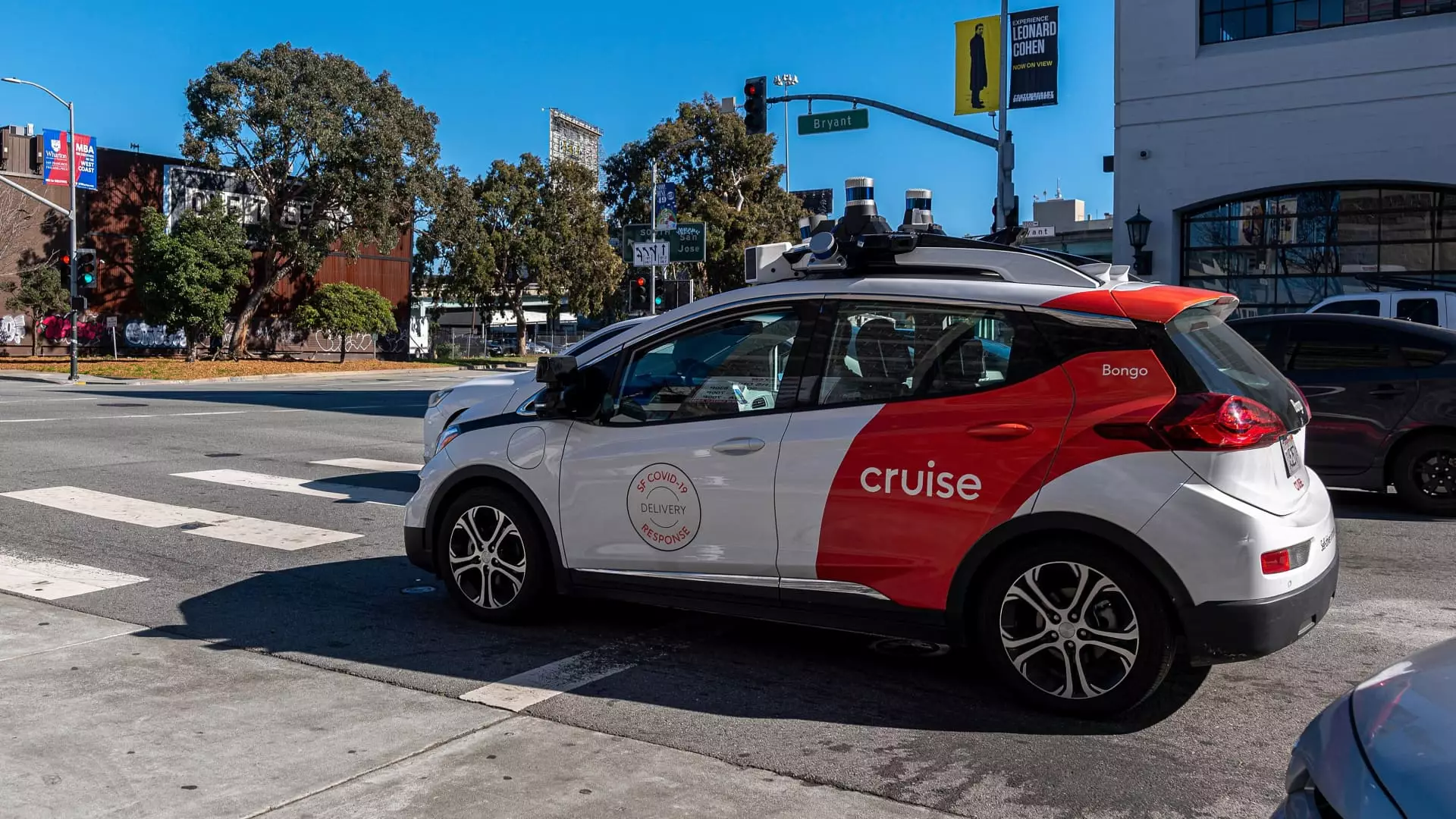General Motors’ Cruise self-driving vehicle unit announced that it will be redeploying cars on U.S. roadways for the first time since October. The relaunch will kick off with a small fleet of human-driven vehicles in Phoenix. This move comes after a halt in operations following a pedestrian accident in San Francisco and the subsequent investigations that followed.
New Focus and Approach
The redeployed vehicles will not be operating as robotaxis as they did before. Instead, they will be tasked with creating maps and gathering road information in select cities, starting with Phoenix. While Cruise has expressed its goal to resume driverless operations, no specific timeline has been provided for this transition. Additionally, the expansion of human-driven vehicles to other cities remains uncertain as the company has not committed to a specific plan.
In a blog post, Cruise stated that they halted operations in October 2023 to refocus on rebuilding trust with regulators and the communities they serve, as well as redesigning their safety approach. The company highlighted the progress made under new leadership, guidance from third-party experts, and close collaboration with the local communities. They emphasized their commitment to continuous improvement in ensuring the safety of their self-driving systems.
Third-Party Probe Findings
A third-party investigation into the October incident and its aftermath, commissioned by GM and Cruise, pinpointed cultural issues, lack of competence, and poor leadership as contributing factors to regulatory oversights that led to the accident. While allegations of a cover-up by Cruise leadership were also examined, the probe did not find any evidence to support these claims. Cruise has accepted the findings of the report and stated that they will act on all recommendations, as well as cooperate fully with investigations by state and federal agencies.
Following the accident, Cruise had been planning an ambitious expansion of its robotaxi services beyond its initial market. However, with the suspension of operations, there have been significant changes in leadership within the company. Co-founders, including CEO Kyle Vogt, resigned, and nine other leaders were removed. Additionally, the company laid off 24% of its workforce along with a group of contractors as part of a restructuring effort.
This marks a critical juncture for General Motors’ Cruise self-driving vehicle unit as they begin the process of rebuilding and reshaping their operations in the aftermath of the October incident. With a renewed focus on safety, collaboration, and transparency, Cruise aims to regain the trust of regulators, communities, and passengers as they work towards resuming fully autonomous operations in the future.


Leave a Reply